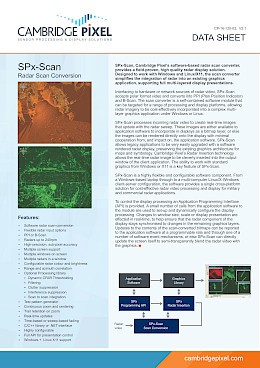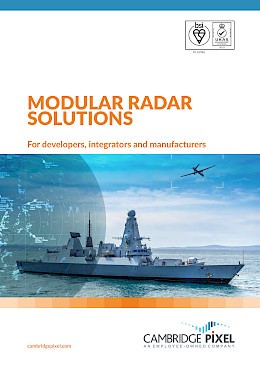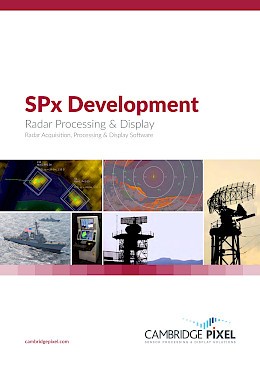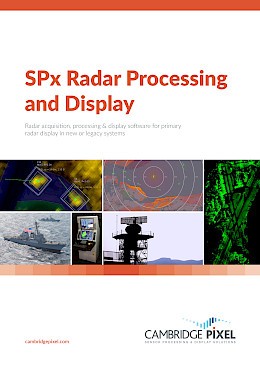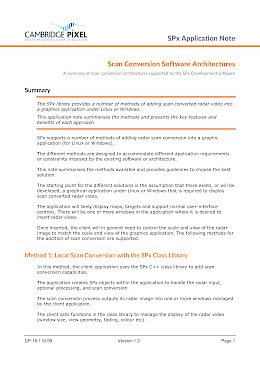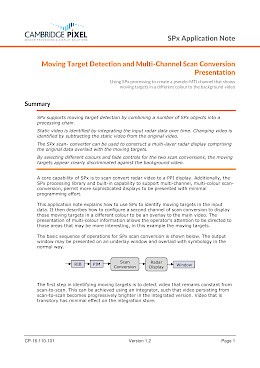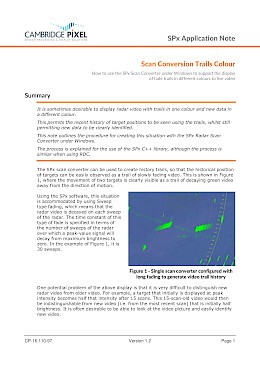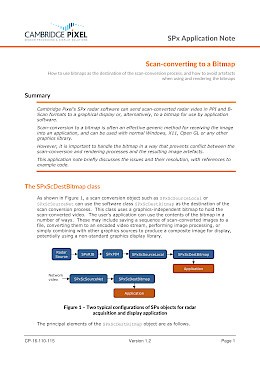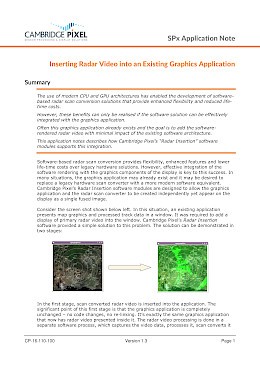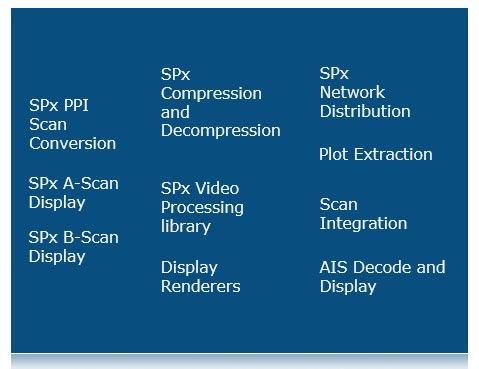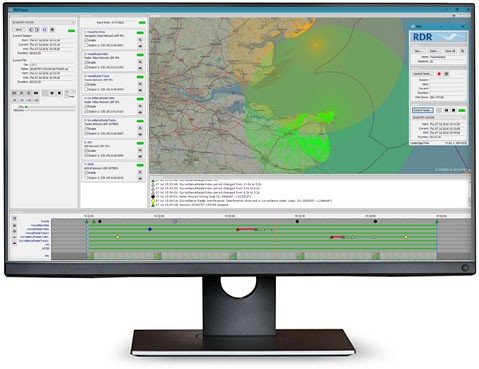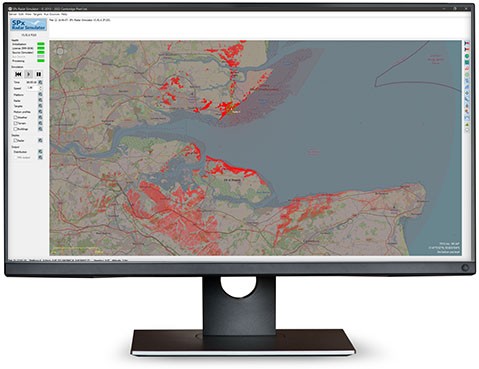Software-based Radar Scan Conversion
The SPx scan-converter is state-of-the-art COTS software providing a high-performance, cost-effective radar scan conversion capability for Windows and X11 graphical environments.
The scan conversion software exploits the power of modern multi-core processors and graphics processor units (GPUs) to provide high performance, flexibility, low cost and freedom from proprietary hardware.
With the SPx library's scan conversion module you write the application software in Microsoft Windows (Win32, MFC, .NET) or Linux X11, optionally using a third-party toolkit. SPx provides the radar scan-conversion module which creates the radar picture and handles display mixing with the graphics - all using low-cost, easy-to-maintain hardware.
SPx Scan Conversion Application Development
The SPx library scan conversion module provides an Application Programming Interface (API) to control the processing and presentation of the radar video. A small number of calls from the application software to the module are used to set-up and dynamically configure the operation. Changes to window size, scale or display presentation are effected in real-time, to help ensure that the radar component of the display stays synchronised to changes in the other graphics layers. Updates to the contents of the scan-converted bitmaps can be reported to the application software at a programmable rate through one of a number of software event mechanisms, or else the scan-converter can directly update the screen itself to semi-transparently blend the radar video with the graphics. Either way, SPx supports real-time sector-based updates of the radar display or else lower frequency (quadrant or scans) as needed.
Extended Processing Capabilities
The SPx product family supports the addition of a number of radar processing modules to improve the presentation of the radar video. These include thresholding, filtering, clutter suppression and scan-to-scan integration. Optional recording capabilities are available in the compatible SPx library's recording module that records polar radar video to support, for example, incident recording or training applications.
Supports Low-cost Computing & Graphics Hardware
The SPx software scan-converter is a cost-effective solution for radar processing and display. By eliminating the special purpose hardware in your system, both capital and maintenance costs are reduced. The same software solution can be run on a variety of computing platforms from laptops through to high-end multi-core, multi-processor servers. By removing the dependence on proprietary hardware, we give system integrators the flexibility to use the most cost-effective hardware components. Beware vendors who will restrict your options for hardware selection and lock you in to a lifetime of expensive hardware, maintenance and proprietary interfaces. Cambridge Pixel is founded on the principles of open architecture, open systems, and extensible software components.
- Software only, no special hardware
- Flexible radar input options (network, hardware, test pattern)
- PPI, A-Scan or B-Scan displays
- Radars up to 240rpm
- High-precision, sub-pixel accuracy
- Multiple screen support
- Multiple windows per screen
- Multiple radars per window
- Configurable radar colour and brightness
- Range and azimuth correlation
- Optional Processing library
- Dynamic CFAR Thresholding
- Filtering
- Clutter suppression
- Interference suppression
- Scan to scan integration
- Test pattern generator
- Continuous zoom and off-centering
- Trail retention on zoom
- North-up, heading-up, course-up support
- True and relative motion support
- Real-time updates
- Time-based or sweep-based fading
- C/C++ library or .NET/Java interface
- Full API for presentation control
- Windows and Linux X11 support





